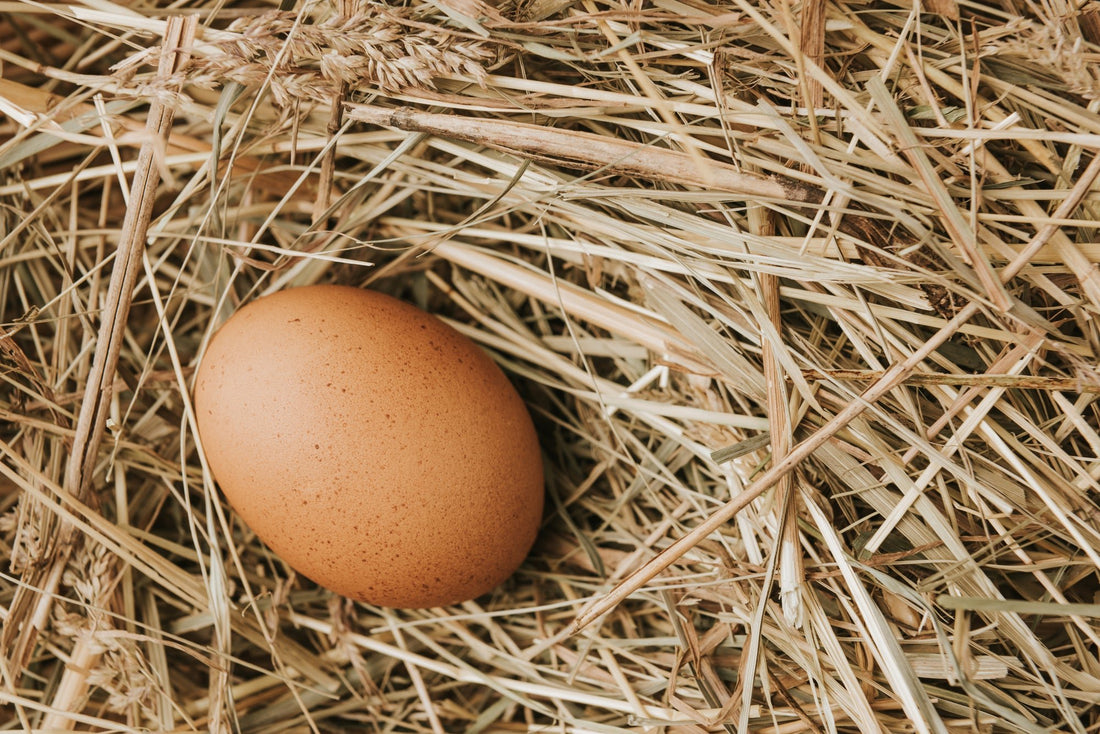Greetings, egg-squisite chicken aficionados! If you’ve ever gazed upon a freshly laid egg and thought, “I wonder what wizardry produced this oval wonder,” then you’re in luck. We’re cracking into the science of egg production in a way that’s both entertaining and egg-ucational (pun intended!).
Egg Production: It's Not Just Yolk!
Eggs aren't just breakfast staples; they’re the result of an intricate dance of biology. A hen’s reproductive system works tirelessly, with ovulation, egg formation, and egg-laying in a nearly constant cycle. Think of it as a chicken's in-built conveyor belt working 24/7.
A Colorful Palette: Why Eggs Aren’t Just White
When we picture an egg, most of us think of a pristine white shell. However, mother nature loves variety. The egg's color comes from pigments deposited as the eggs travel through the hen's oviduct.
- White Eggs: Thanks to breeds like Leghorns, we have these breakfast classics.
- Brown Eggs: Breeds like Rhode Island Reds and Plymouth Rocks offer these homely-colored eggs. The depth of brown varies, so don’t be surprised if you get a range from tan to deep chocolate.
- Blue/Green Eggs: The Araucana and Ameraucana breeds lay these showstoppers. It’s like Mother Nature decided to add a pop of color!
- Speckled Eggs: Some breeds, such as the Welsummer, produce eggs that look as though they’ve been artistically speckled. Nature's artwork!
Size Matters: From Peewee to Jumbo
The size of the egg often correlates with the chicken's age and breed. Younger hens lay smaller eggs. As they age, the eggs increase in size but might decrease in number. Common sizes include:
- Peewee: Less than 1.25 oz.
- Small: Around 1.25 oz.
- Medium: About 1.5 oz.
- Large: Approximately 2 oz. (The poster egg for most recipes!)
- Extra Large: Around 2.25 oz.
- Jumbo: Over 2.5 oz. It's like the luxury SUV of eggs.
Annual Egg-stravaganza: How Many Eggs Can You Expect?
This is where breed matters! Each chicken breed comes with its own egg-laying frequency. Here's a quick glance:
- Leghorns: These egg-sperts lay about 280-320 white eggs annually. They're the marathon runners of the egg world.
- Rhode Island Reds: These reliable layers give around 200-300 brown eggs a year.
- Araucanas/Ameraucanas: Expect 200-280 beautiful blue/green eggs each year.
- Orpingtons: They lay around 175-200 eggs annually, but their calm demeanor might just make up for the lower count.
Remember, while numbers are fun, individual hens have their own rhythms. Some might surprise you with their egg-traordinary laying capabilities!
Factors Influencing Egg Production
Several factors play a part in how many eggs your hen will lay:
- Light: Chickens need about 14-16 hours of natural light for optimal egg production. Winter blues can lead to a reduction in eggs.
- Diet: A balanced diet is key. Ensure your hens get a good mix of proteins, calcium, and essential nutrients.
- Age: Like us, chickens have their peak. Egg production usually decreases after the age of 2.
- Stress: Yes, hens can get stressed too! Whether it’s from predators, heat, or being moved, stressed hens might take an egg-laying hiatus.
- Molting: When chickens replace their old feathers, they often take a break from laying. They're basically at the spa, rejuvenating.
A Final Crack
Understanding the science of egg production isn’t just fascinating; it’s also essential for every chicken keeper. After all, these clucking wonders are more than just egg-laying machines. They’re pets, companions, and breakfast providers.
So, the next time you pick up an egg, give a nod to the incredible science behind it and, of course, to your hardworking hen. Happy egg collecting, and may your basket always be full and your chickens always cluck-happy! 🐔🥚🍳

